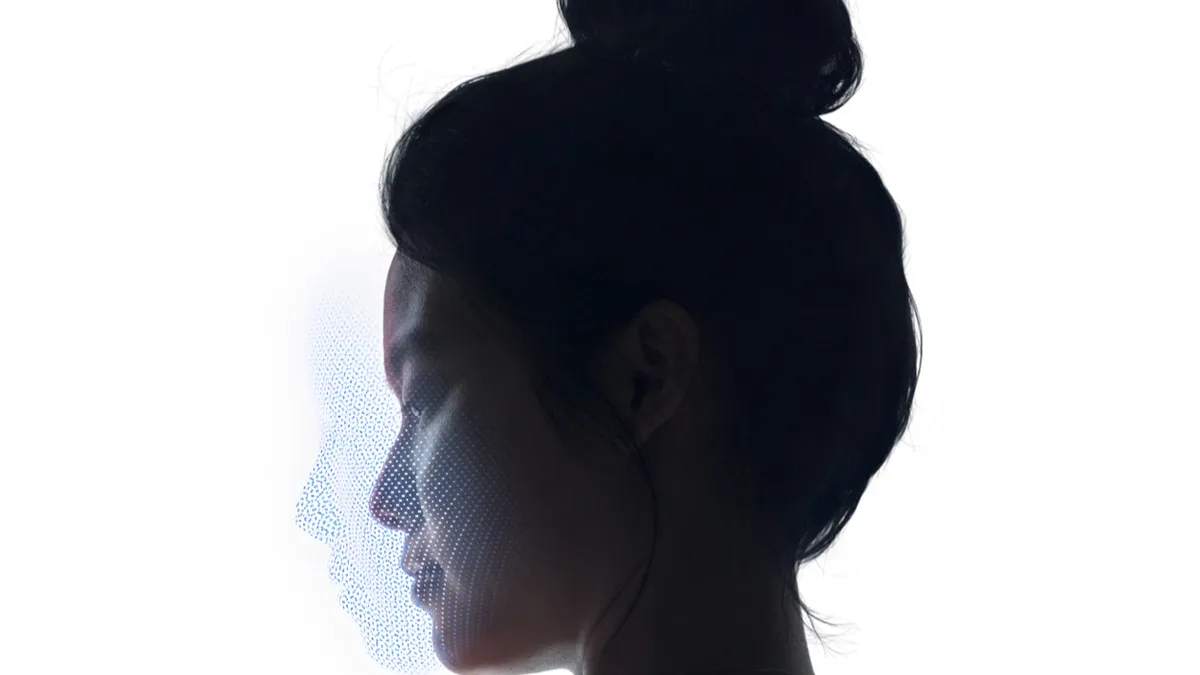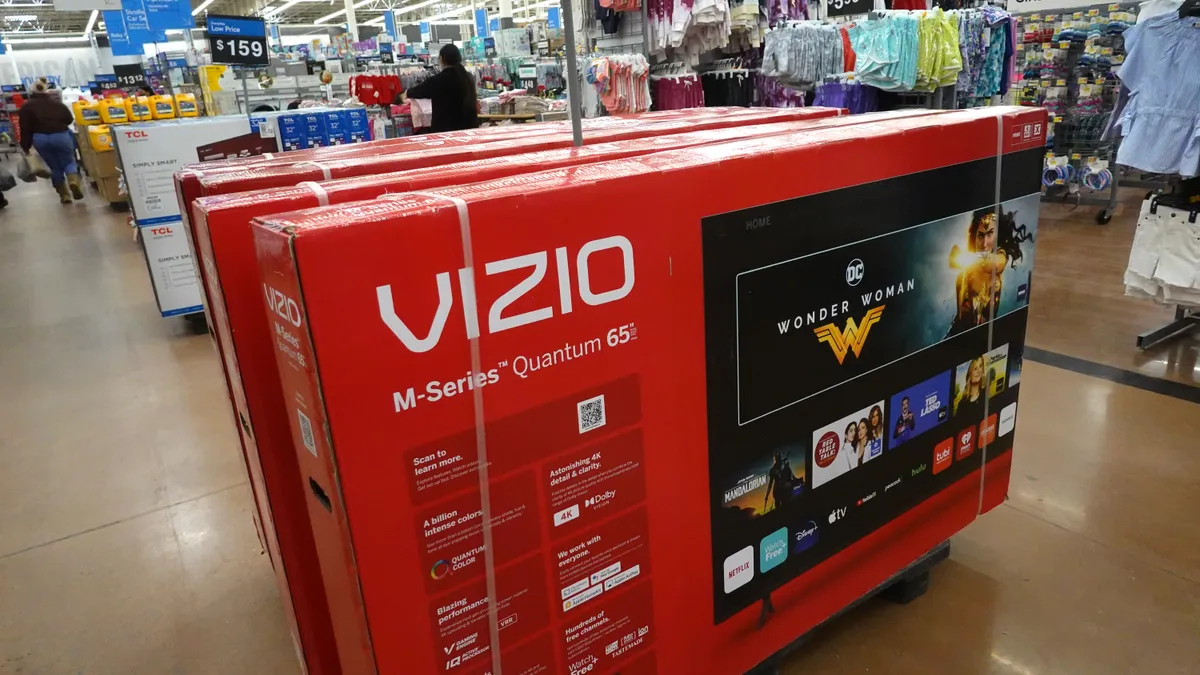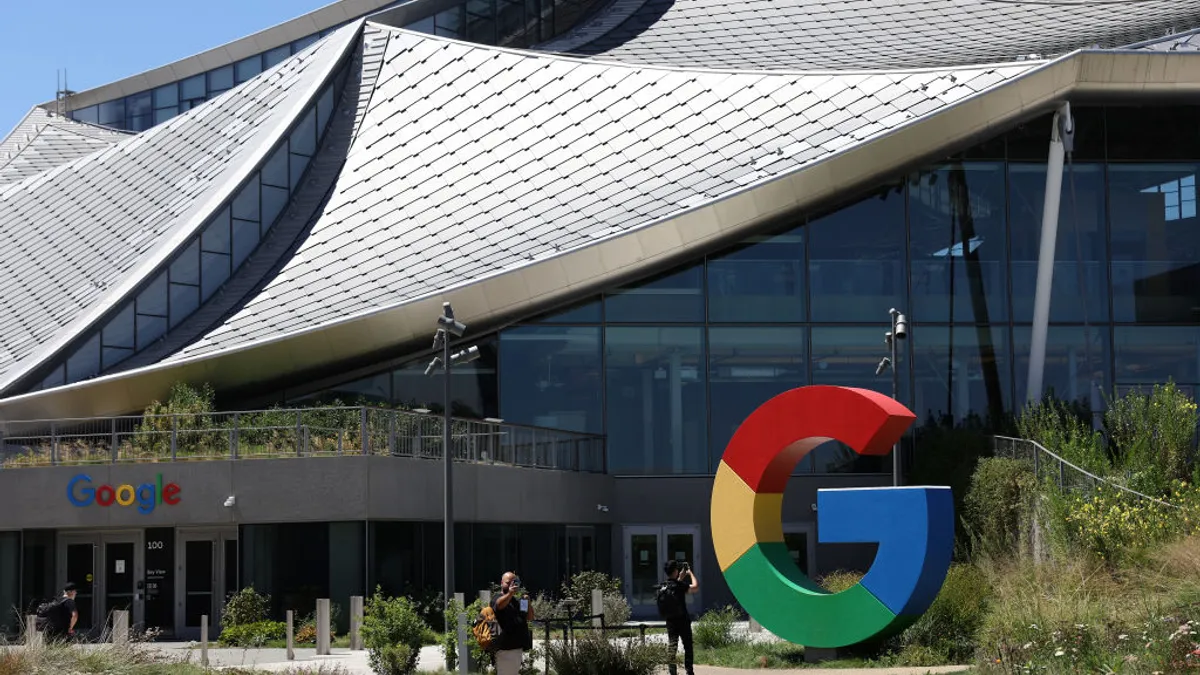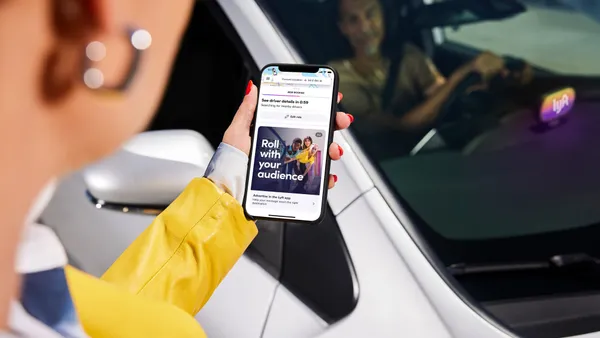Brief:
- More than 40% of iOS users in the U.S. said they're unlikely to use Apple's new facial recognition technology as a method for authenticating payments, a survey by Juniper Research found. Three out of four people who use their smartphones for contactless payments said they're likely to use fingerprint sensors, while 62% said voice recognition is a preferred authentication method.
- One-third of people who don’t use contactless payment methods said they're concerned about transaction security, compared with 14% of people who use wireless payments. Those percentages are similar to mobile banking, with 30% of non-users concerned about transaction security compared to 10% of users, according to Juniper.
- The number of contactless payment users in the U.S. grew by 2% from a year earlier, with most using services provided by smartphone makers such as Apple Pay, Samsung Pay or Android Pay. Only 39% of non-users expect to start using mobile contactless payments, Juniper found.
Insight:
Apple last week showed off its next-generation smartphone, the iPhone X, and included a demo of its facial recognition technology that failed to work on first try during the live presentation. When Face ID doesn't work, users are forced to enter their passcodes to unlock the screen, which could cause frustration if the tech is temperamental and prevents people from accessing their phones.
But technical failures are only one issue facing Apple's marquee innovation, as Juniper Research's latest findings show. Many consumers remain wary of using facial recognition for payment security, if they're adopting mobile payments at all. In addition to reports that facial recognition technology is less likely to recognize people with darker skin tones, privacy issues are also a concern. Minnesota Senator Al Franken sent a letter to Apple CEO Tim Cook earlier in September outlining concerns, including Apple's ability to sell facial recognition data to third parties or give it up to law enforcement during an investigation.
Apple has tried to overcome many of the deficiencies of other facial recognition technologies, including the ability to spoof a smartphone with a photograph. The iPhone X uses an infrared sensor to create a 3-D map of a person's face to make the identification more accurate. While the on-stage demonstration of Face ID didn't work, Apple has a history of refining tech that started off with clunky performance, like its inaccurate road maps that spurred complaints and its Siri voice-activated assistant that didn't reliably recognize verbal instructions. But as facial ID evolves and consumers grow more comfortable with the tech, more brands could follow suit and integrate similar features into their own devices and apps.














